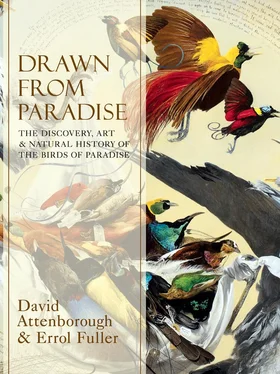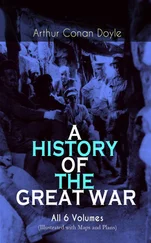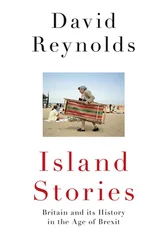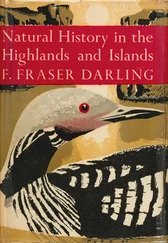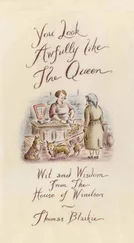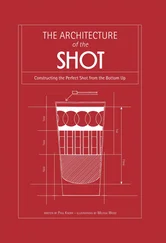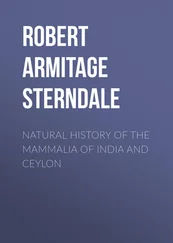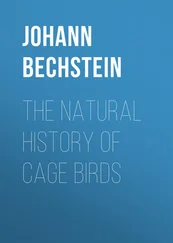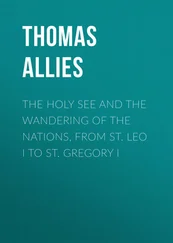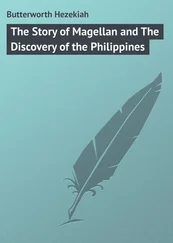Curiously, the production of ethnographical artefacts and works of art hardly reflects this great cultural interest – in traditional New Guinea tribal art there is little or nothing that uses the bird of paradise motif, at least in terms of sculpture or painting. It is a well-worn idea that art is often the product of the need to possess. An artist may paint a bird, a flower, a woman, a view, because he or she wants to own that image, to possess it. New Guinea tribesmen did, of course, own the actual birds themselves. Why would they need the help of art to facilitate that urge? They possessed the birds quite literally, and adorned themselves in the most fantastic ways with the feathers. Nor were they oblivious to the fundamental purpose of this extravagant ornamentation. When a New Guinea tribesman arrayed himself with gorgeous plumes and feathers, and danced, he too was displaying and advertising his sexual desirability.
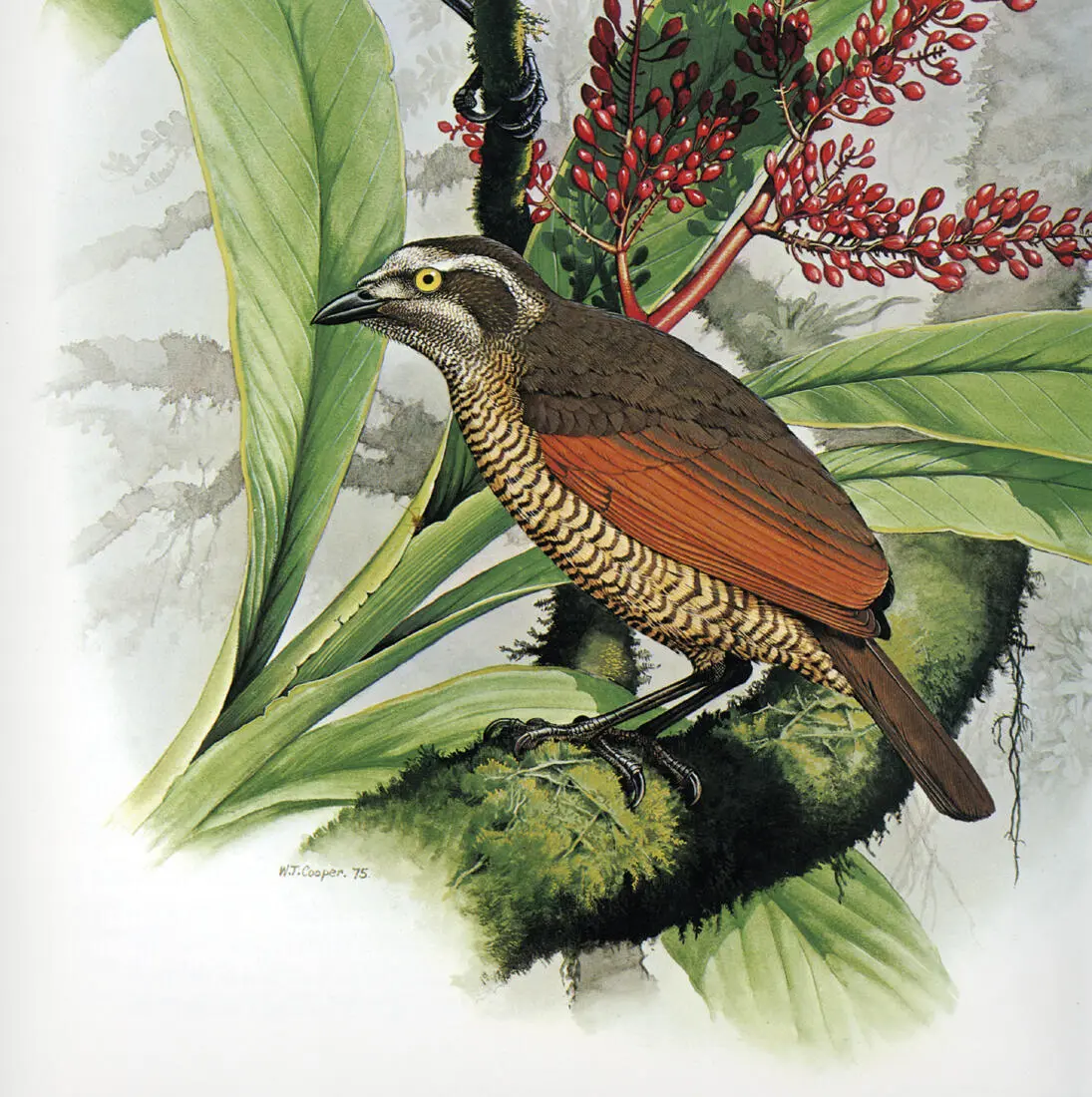
Queen Carola’s Six-wired Bird of Paradise. Detail from a watercolour by William T. Cooper, c .1976.
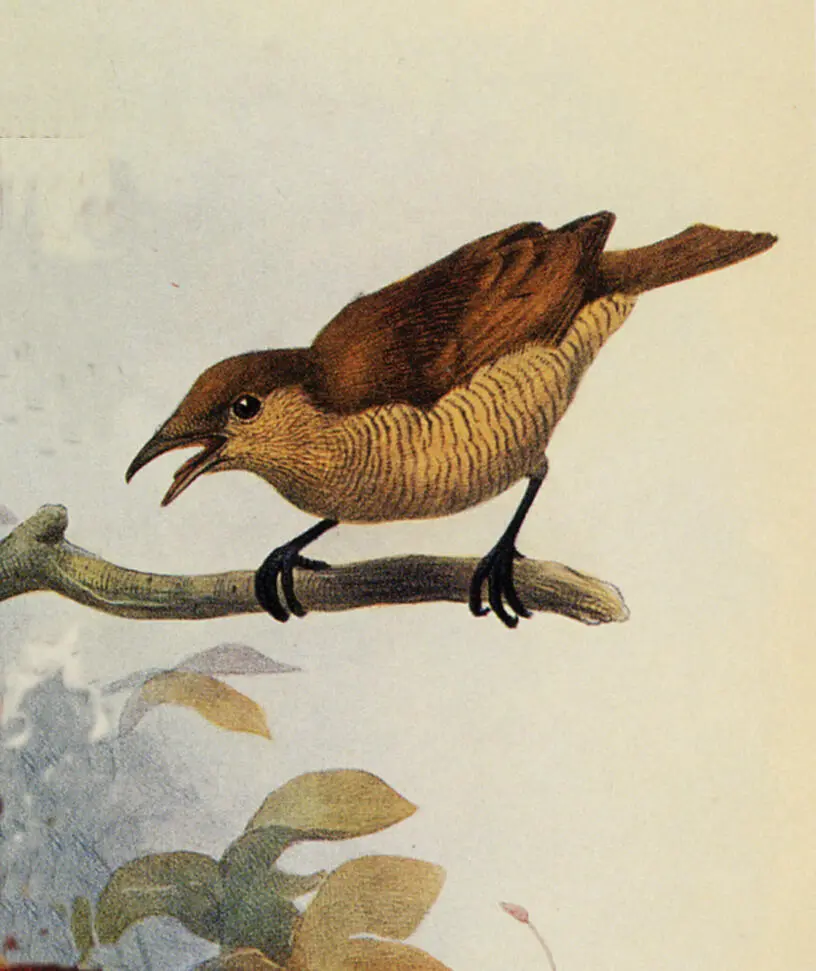
King Bird of Paradise. Detail from a hand-coloured lithograph by Joseph Wolf and Joseph Smit from D. G. Elliot’s Monograph of the Paradiseidae (1873).
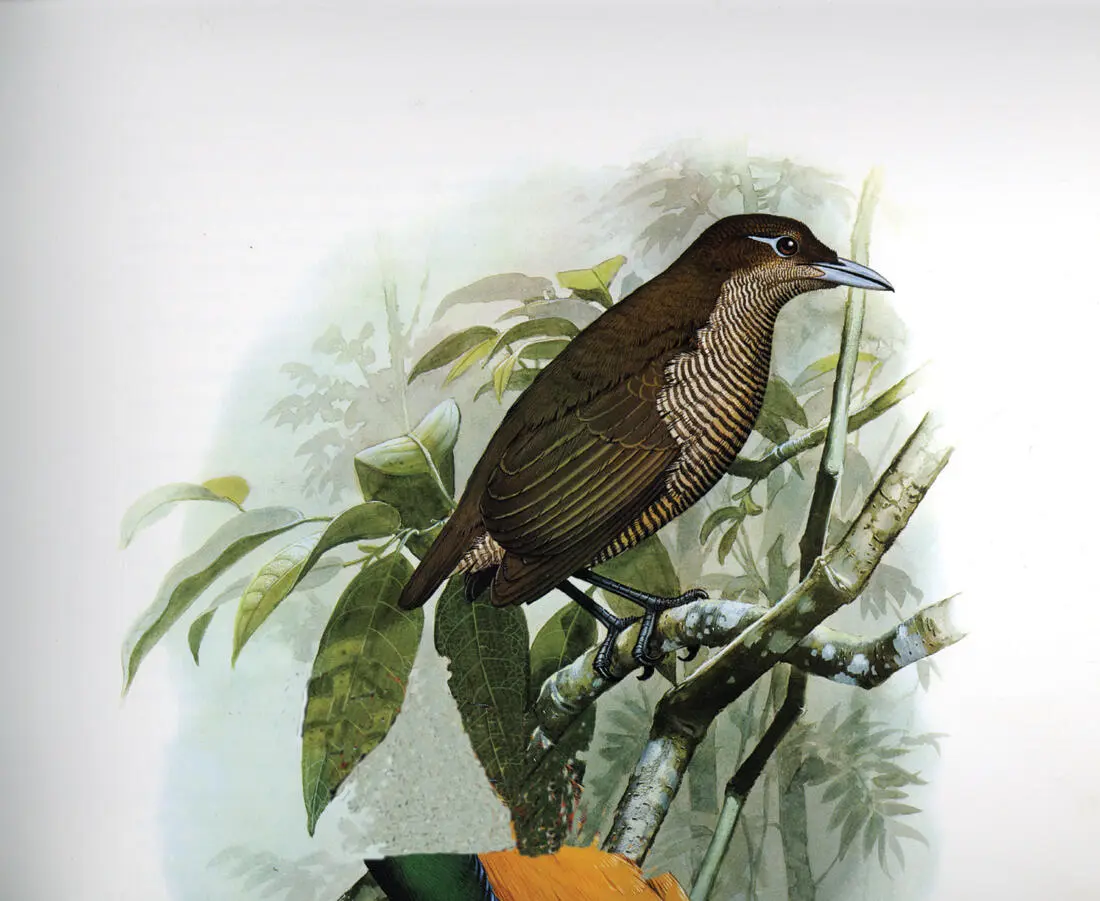
Magnificent Bird of Paradise. Detail from a watercolour by William T. Cooper, 1976.
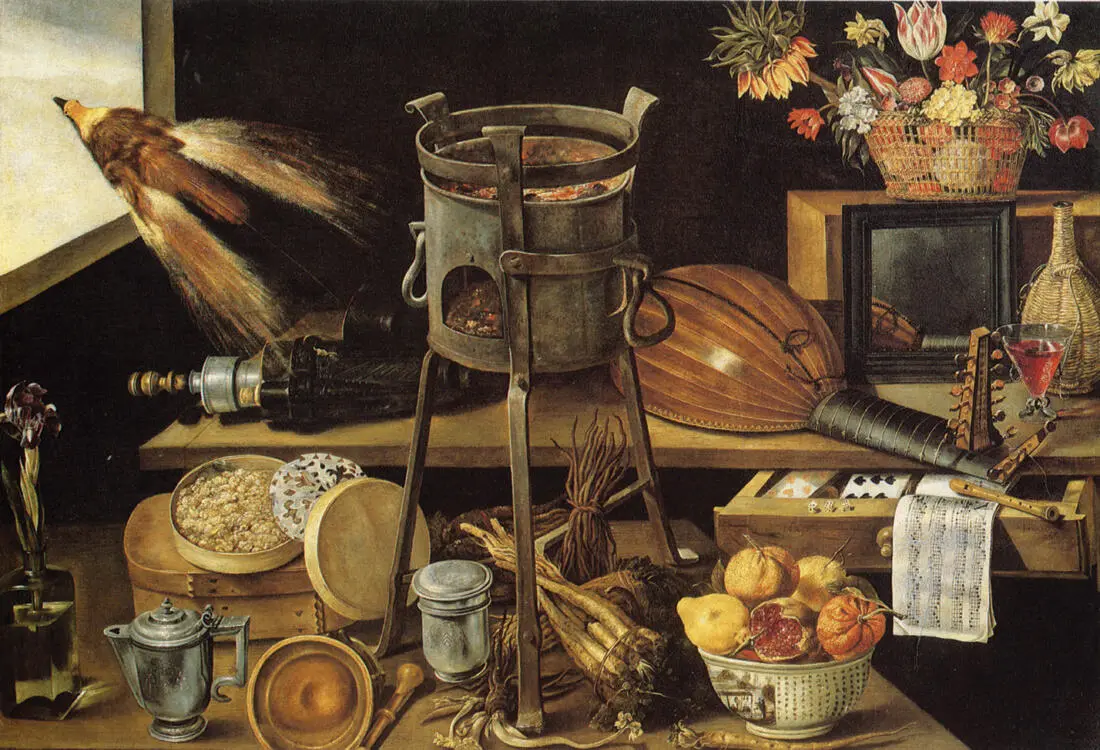
The Five Senses and the Four Elements – an early representation of a Greater Bird of Paradise, painted using an imported dried skin as a model. Though seemingly wingless and legless, it is propelling itself through the open window – perhaps returning to paradise! Jacques Linard, 1627. Oils on canvas, 103 cm × 150 cm (41 in × 60 in). Musée des Beaux-Arts, Algiers.
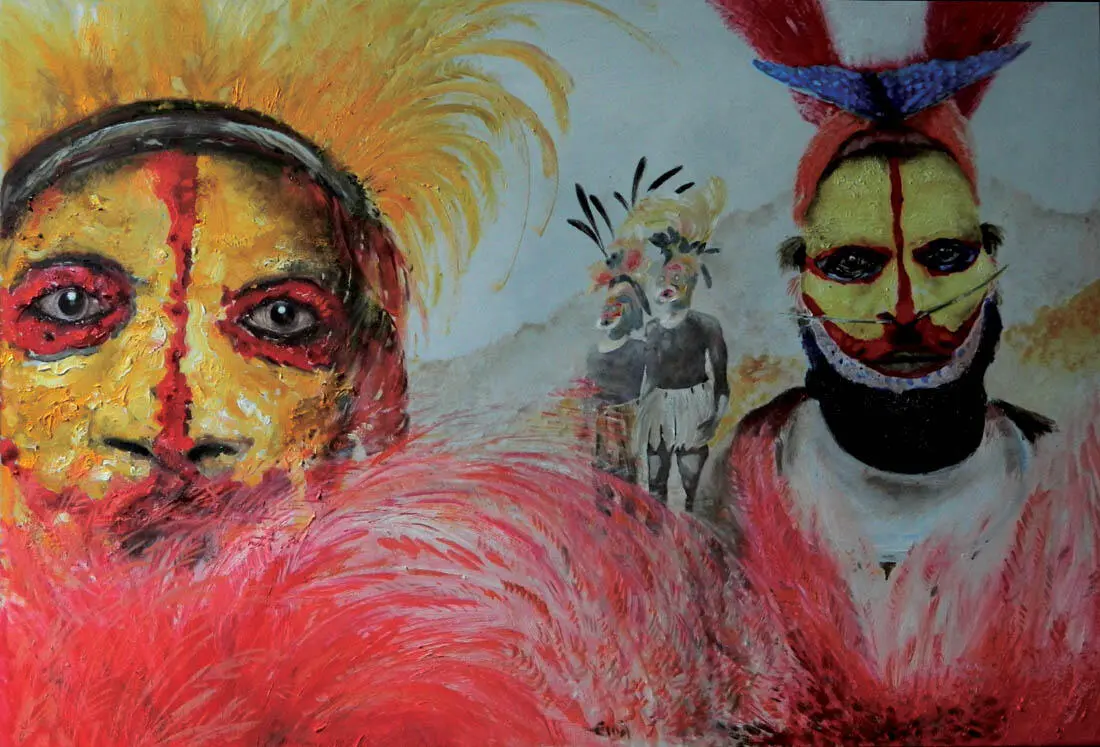
Paint and Plumes . Errol Fuller, 2012. Oils on panel, 46 cm × 66 cm (18 in × 26 in). Private collection.
Once these same feathers reached the western world their impact was immediate. Here it manifested itself through art and fantastical stories and myths, while princes and emperors displayed power and taste by acquiring the rarely imported specimens for their cabinets of curiosities and museums. The impact may indeed have taken a more veiled, symbolised, form, but it was still profound and eventually led to a manner of human adornment strangely parallel to that shown among New Guinea peoples. Through the nineteenth century and on into the first decades of the twentieth, it was the very height of fashion to add the most bizarre concoctions of feathers as appendages to finely crafted hats and clothes. But this time it wasn’t the males who were displaying their loveliness; it was the most fashionable of ladies!
In 1522 the first of many, many bird of paradise plumes arrived in Europe. Within just months they had attracted the attention of a celebrated artist, Hans Baldung Grien. His picture may be a comparatively flimsy affair, but it began a tradition among artists that continues to this day. The list of artists who have felt compelled to draw or paint birds of paradise is studded with some illustrious names: Brueghel, Rubens, Rembrandt, Millais. Then there are men who actually specialised in painting birds: Barraband, Wolf, Hart, Gould, Keulemans. And, of course, there are modern painters. Walter Weber produced a series of iconic images for The National Geographic Magazine during the early 1950s, William T. Cooper illustrated two major monographs on birds of paradise, and Raymond Ching is known throughout the world for his poetic and highly charged paintings.
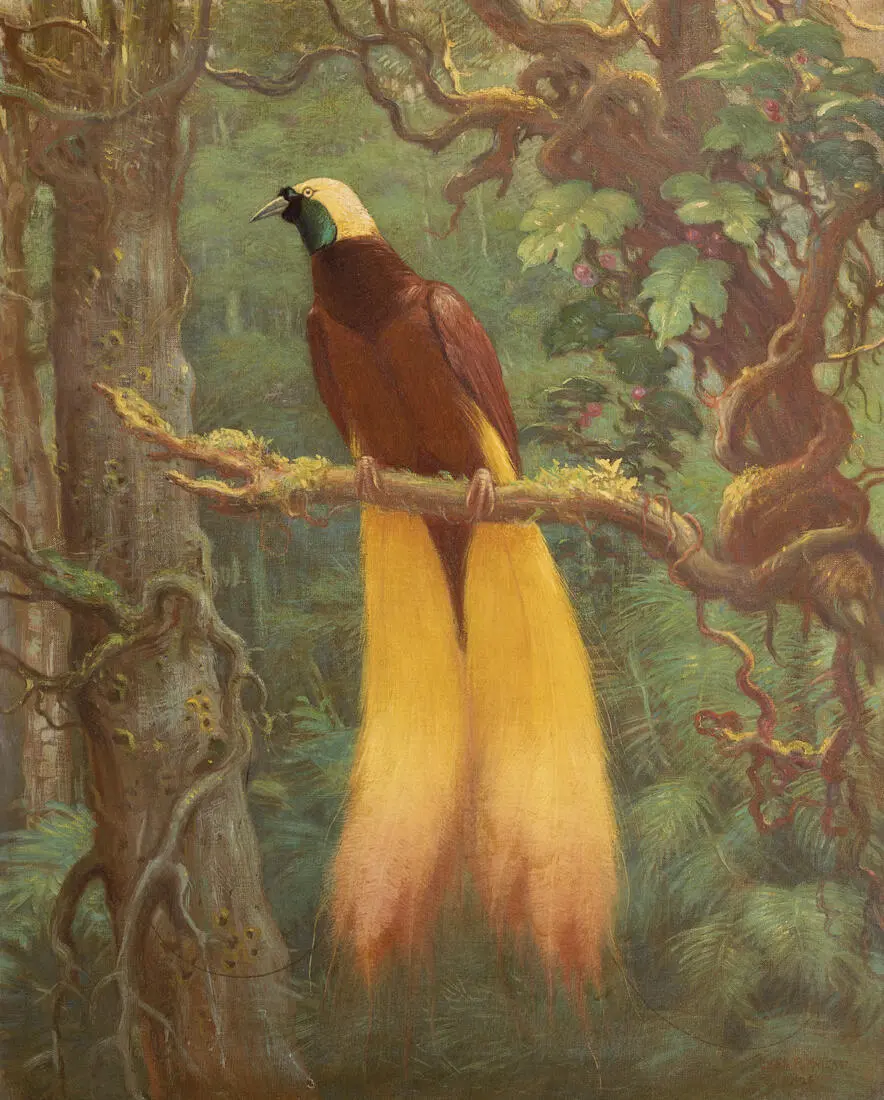
Greater Bird of Paradise. Charles R. Knight. Oils on panel, size, date and whereabouts unknown. Copyright Rhoda Knight Kalt.
It is an inevitable consequence of a book that attempts to trace the history of these birds through their appearance in art, that the work of these few men will feature to what may seem a disproportionate degree. Many people have painted birds of paradise, but only a few have produced work that is worthy of particular attention, or has significantly added to the body of work that went before them. One reason for this (and it applies almost as much today as it did in past times) is that these birds are difficult to see. In days gone by it was virtually impossible, but even in the twenty-first century it is by no means easy. They rarely occur in zoos or aviaries, and a trip to New Guinea – daunting in itself – will not necessarily lead to seeing birds in ways that are helpful to the artist. Another reason is that these are extraordinarily difficult birds to capture in paint or pencil, even if good views are obtained. They do not always conform to the shapes that more familiar birds adopt, and making sense of the extravagant ornamental plumage – the metallic breast shields and throat gorgets, the axe-shaped feather fans, the lace-like plumes – is not an easy exercise.
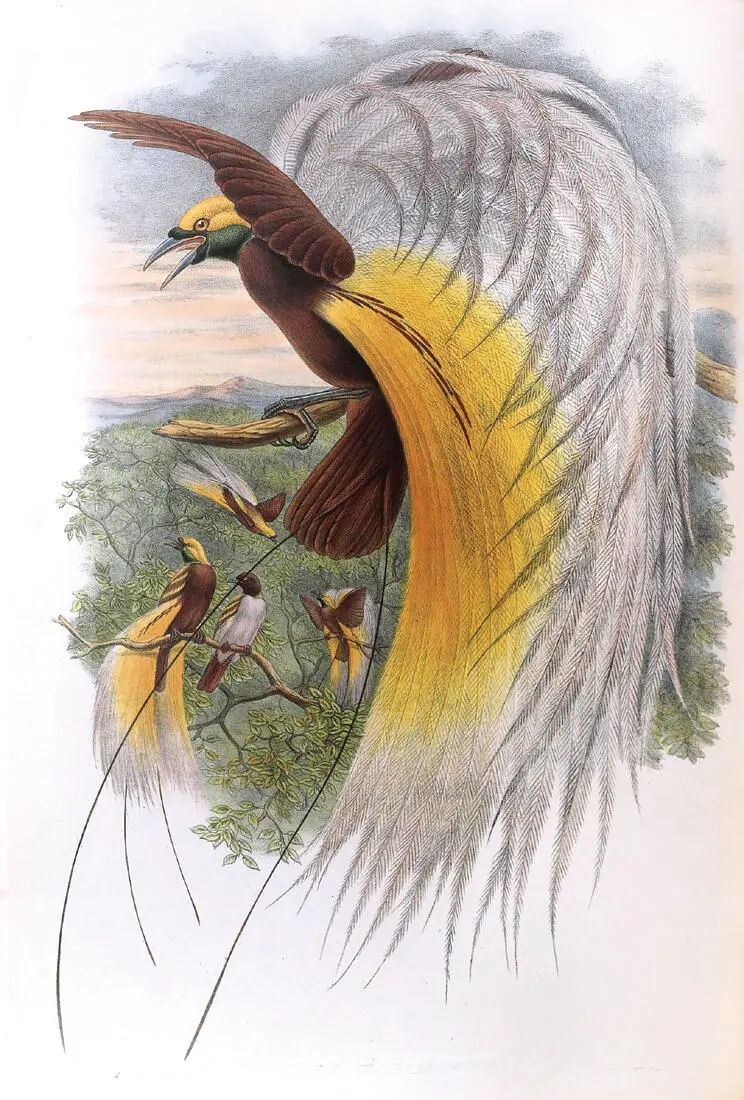
Male Lesser Birds of Paradise with a female. Hand-coloured lithograph by William Hart and John Gould from Gould’s Birds of New Guinea (1875–88).
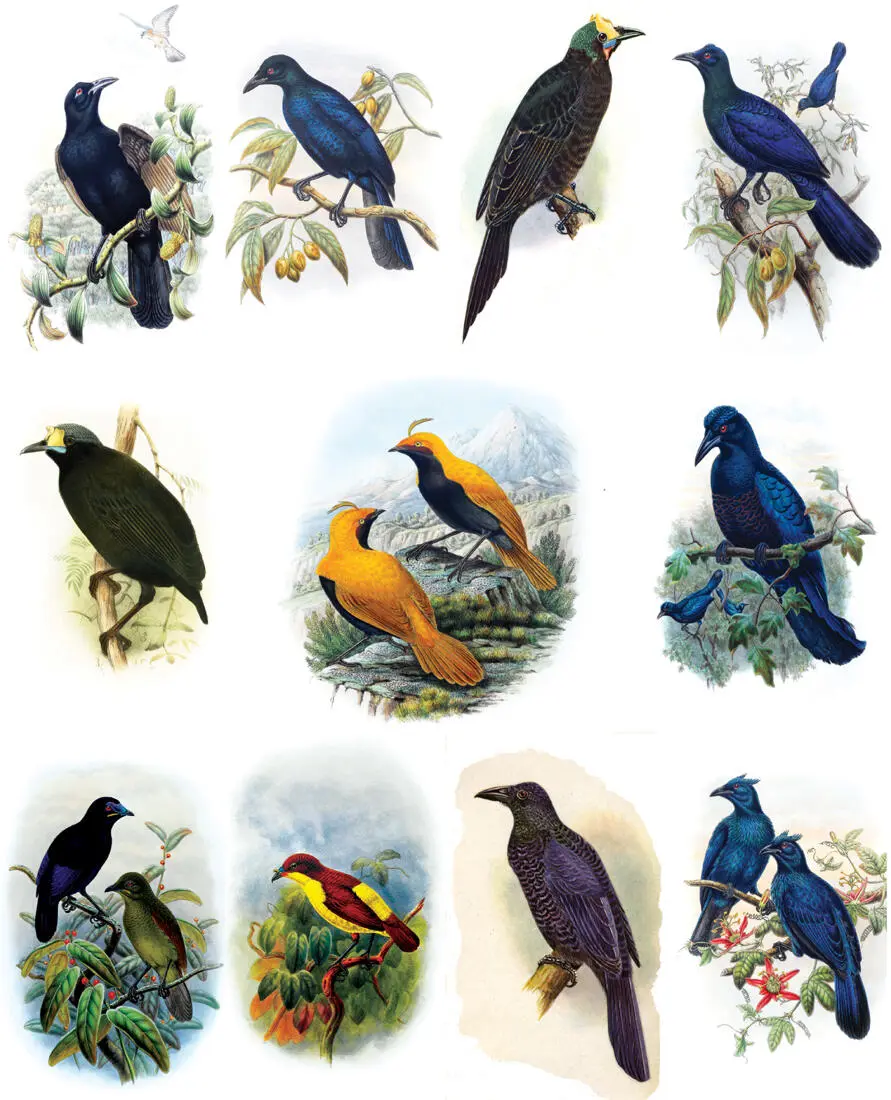
Eleven bird of paradise species from five distinct genera that lack the more extravagent features usually associated with the family.
( Top row, from left ). Paradise Crow ( Lycocorax pyrrhopterus ); Glossy-mantled Manucode ( Manucodia ater ); Long-tailed Paradigalla ( Paradigalla carunculata ); Crinkle-collared Manucode ( Manucodia chalybata ). All images except Paradigalla hand-coloured lithographs by W. Hart from R. Bowdler Sharpe’s Monograph of the Paradiseidae (1891–98). Paradigalla, watercolour by Lilian Medland from Tom Iredale’s Birds of Paradise and Bower Birds (1950).
( Middle row, from left ). Short-tailed Paradigalla ( Paradigalla brevicauda ), hand-coloured lithograph by H. Gronvold from Ibis (1912); Sickle-crested Bird of Paradise ( Cnemophilus macgregorii ); Curl-crested Manucode ( Manucodia comrii ), both images hand-coloured lithographs by W. Hart from R. Bowdler Sharpe’s Monograph of the Paradiseidae (1891–98).
( Bottom row, from left ). Loria’s Bird of Paradise ( Cnemophilus loriae ); Wattle-billed Bird of Paradise ( Loboparadisea sericea ); Jobi Manucode ( Manucodia jobiensis ); Trumpet Bird ( Manucodia keraudrenii ). All images except Jobi Manucode hand-coloured lithographs by W. Hart from R. Bowdler Sharpe’s Monograph of the Paradiseidae (1891–98). Jobi Manucode, watercolour by Lilian Medland from Tom Iredale’s Birds of Paradise and Bower Birds (1950).
Читать дальше
